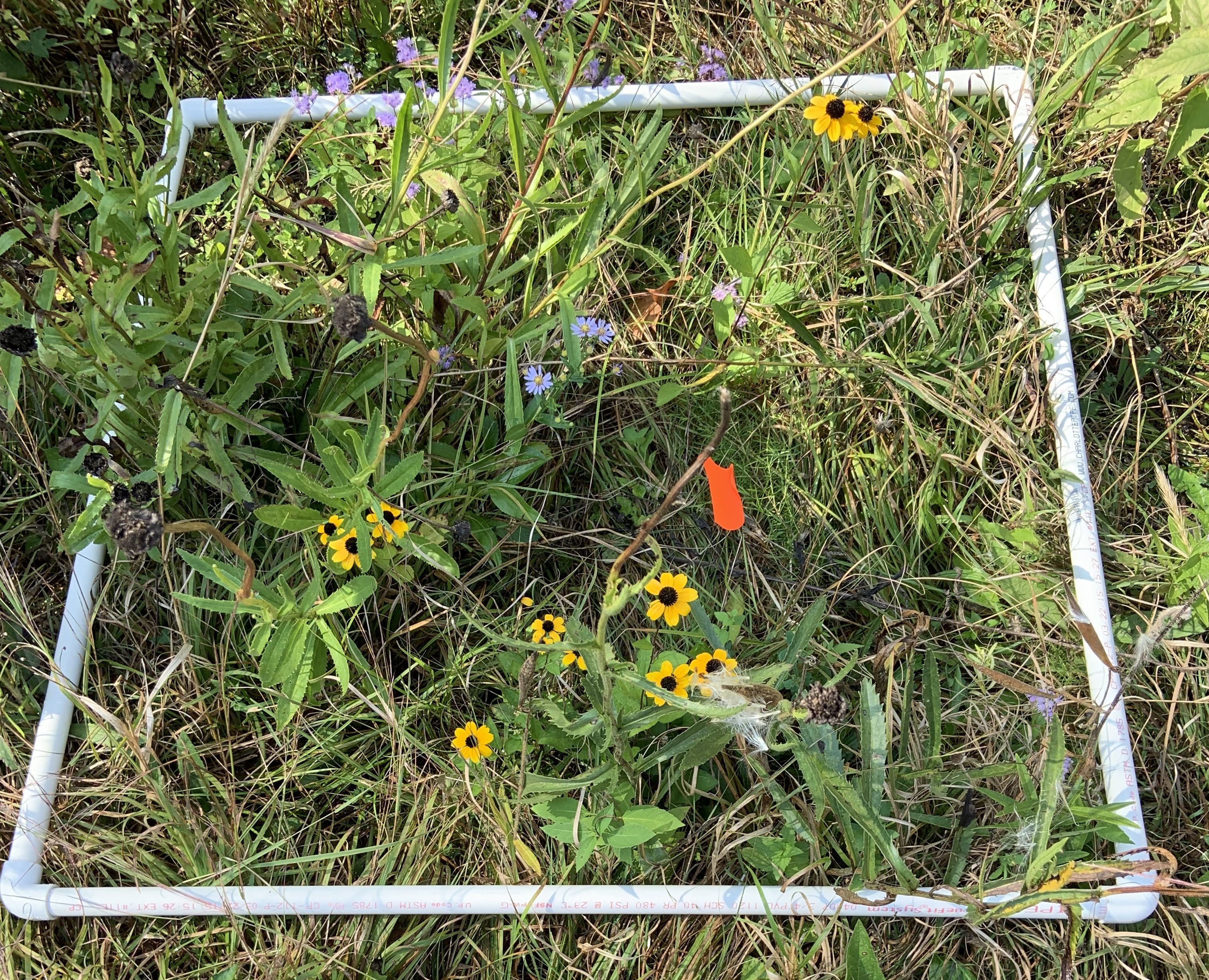Blog

#bioPGH Blog: Meadows and Lawns in the City, Part 1
 A resource of Biophilia: Pittsburgh, #bioPGH is a weekly blog and social media series that aims to encourage both children and adults to reconnect with nature and enjoy what each of our distinctive seasons has to offer.
A resource of Biophilia: Pittsburgh, #bioPGH is a weekly blog and social media series that aims to encourage both children and adults to reconnect with nature and enjoy what each of our distinctive seasons has to offer.
What happens when you put a wild meadow in the middle of a city? What happens to the soil? What happens to the plant community? And do the soil and plants together provide valuable infrastructure support to our cities? Phipps researchers are working on these questions as we speak, and for the next few weeks on the blog, we are going to take a slightly different path to dive into some research! Let’s follow Phipps’ plant ecologist Dr. Shishir Paudel and collaborators on their quest to understand the ecology behind lawns versus meadows in urban areas and how those greenspaces can function as water-managing infrastructure.
To get us started, let’s talk a little about how this project came about. Lawns and meadows are aesthetically pleasing spaces to picture in urban areas, but this research is studying these two types of greenspace as a way to understand how they can contribute to crucial city infrastructure function: water management. If you’re a Pittsburgher, you have undoubtedly experienced some storm water issues in the past several years, whether it’s rerouting your commute because of washed-out roads, cleaning up flooded basements, installing French drain, or dealing with soggy yards. Part of this issue with Pittsburgh’s changing climate (we are trending warmer and wetter) is that cities made largely of concrete and asphalt don’t allow water to safely drain away, but green infrastructure can help! Green infrastructure is any sort of design or building strategy meant to mimic natural systems as a way to manage water; this means that rain gardens, green roofs, and other such installations are all ways to manage rainwater that could otherwise create costly damage to cities or add to pollution in waterways. Given all of this, Dr. Paudel, along with Phipps’ Dr. Sarah States and University of Pittsburgh researcher Dr. Dan Bain and the Pittsburgh Parks Conservancy, wants to know how impactful lawns versus meadows are as a green infrastructure solution.
You may be wondering “What is the difference in a lawn and a meadow?” Both can be human-managed greenspaces, but a lawn is typically a monoculture of grass — predominantly all one type of non-native grass, usually with short roots and often kept relatively short. Meadows, on the other hand, are spaces with multiple plant species, and when installed, are typically meant to mimic a native plant community.

A lawn (left) versus a meadow (right).
The difference in these habitat types — mostly a single plant species in a lawn versus several species in a meadow community — leads to some fundamental differences in ecosystem services that could sway how well a lawn or meadow might act as green infrastructure. Ecosystem services is a broad term used to describe a process in nature that happens to benefit humans. So if we think of a lawn or meadow acting as green infrastructure, one of the services is managing excess storm water, and the benefits are saved money and time for us humans! This project will explore how the two habitats do that, and Dr. Paudel has been regularly collecting data from a variety of identified lawns and meadows around the city.
Specifically, our research team is looking at three main questions:
- How does the diversity of plants in a lawn versus a meadow change over time?
- How does the composition of a green space (lawn versus meadow) impact the health of the soil and influence the type of microscopic residents that can be found in the soil.
- How does soil health impact the ability of a green space to remove toxic trace metals from storm water?
Now, I hope you are wondering, how would they answer these questions, and what did they find? I’m glad you asked! Tune in next to learn a bit more about our key researchers and what the data is saying!

Plants in a quadrat to be counted.
Photos: Cover, Dr. Sara Kuebbing; all others, Dr. Shishir Paudel.

